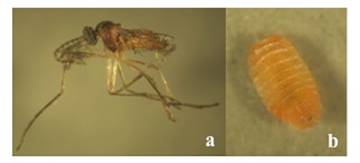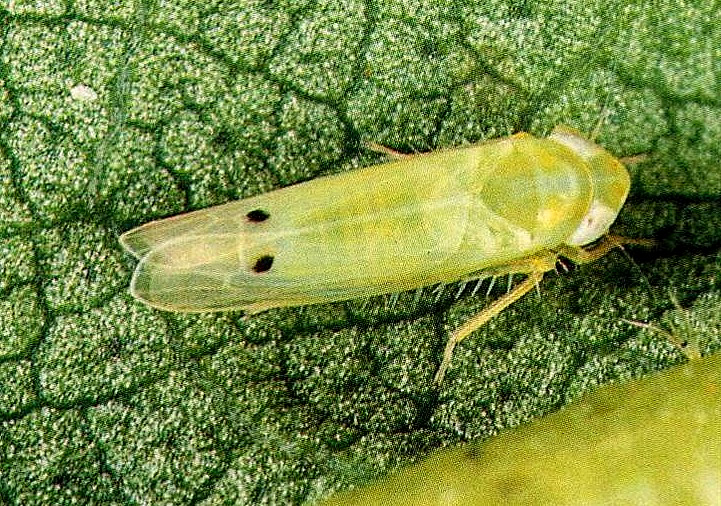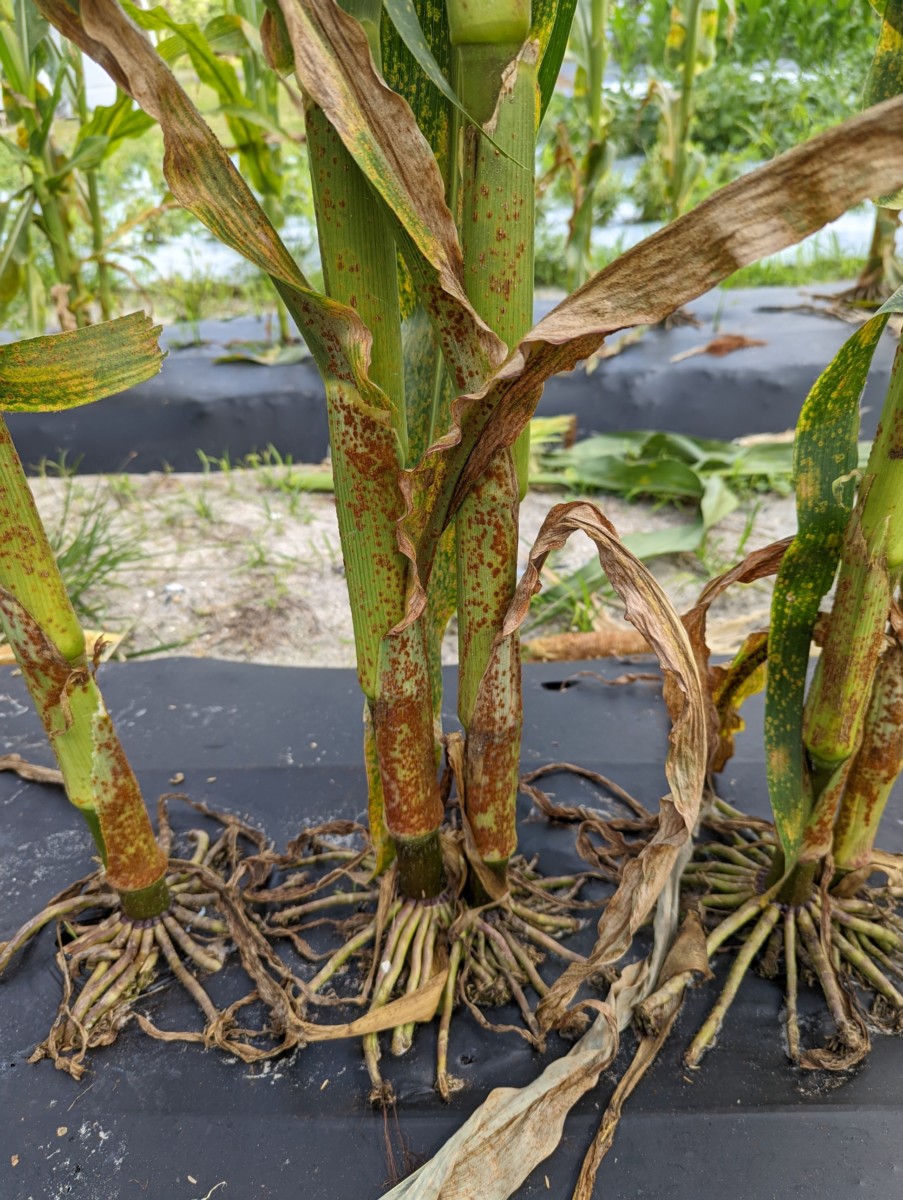Uncategorized
-

Ash Sial1, James Jacobs2, and Zack Williams31Department of Entomology, University of Georgia, 2UGA Extension, Pierce County, and 3UGA Extension, Bacon County Although blueberry gall midge has historically been referred to as a rabbiteye problem, recently it has been reported to be a concern in some southern highbush fields. The majority of the highbush infestations were primarily reported…
-

The University of Georgia Cotton Team will be keeping an eye out this upcoming season for cotton jassid or two-spot cotton leaf hopper, which was spotted in several counties in Florida last year. Phillip Roberts, a UGA Extension cotton entomologist, spoke about the cotton jassid at a recent Georgia Cotton Commission meeting, according to Southeast…
-

Written by: Bob Kemerait, Pathologist, University of Georgia Greetings, The picture above was sent to me from south Florida (near the town of Jupiter) by a friend of mine working in the chemical industry. In the picture, you see field corn that is “covered up” with southern corn rust, the disease of greatest concern to…
Posted in: Uncategorized